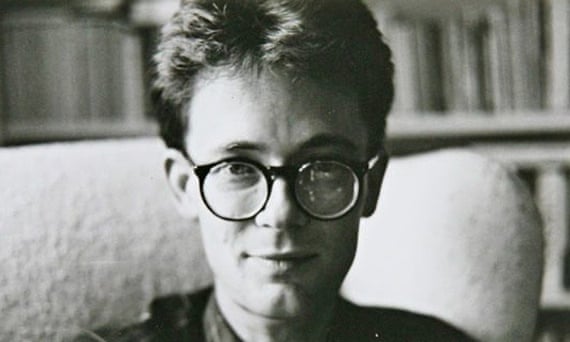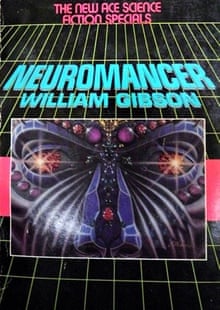Prescience can be tedious for science-fiction writers. Being proven right about a piece of technology or a trend distracts from the main aim of the work: to show us how we live now. William Gibson knows this as well as anyone. Since the late 70s, the American-born novelist has been pulling at the loose threads of our culture to imagine what will come out. He has been right about a great deal, but mainly about the shape of the internet and how it filters down to the lowest strata of society.
In Neuromancer, published 30 years ago this month, Gibson popularised the idea of cyberspace: a "consensual hallucination" created by millions of connected computers. This network can be "jacked" into, while in the real world characters flit from Tokyo to the Sprawl, an urban agglomeration running down the east coast of the US. Gritty urban clinics carry out horrendous sounding plastic surgery. A junkie-hacker, Case, is coaxed into hacking the system of a major corporation. What once seemed impossibly futuristic is now eerily familiar.
"Neuromancer," says novelist and blogger Cory Doctorow, "remains a vividly imagined allegory for the world of the 1980s, when the first seeds of massive, globalised wealth-disparity were planted, and when the inchoate rumblings of technological rebellion were first felt. A generation later, we're living in a future that is both nothing like the Gibson future and instantly recognisable as its less stylish, less romantic cousin. Instead of zaibatsus [large conglomerates] run by faceless salarymen, we have doctrinaire thrusting young neocons and neoliberals who want to treat everything from schools to hospitals as businesses."
On its release, Neuromancer won the "big three" for science fiction: the Nebula, Philip K Dick and Hugo awards. It sold more than 6m copies and launched an entire aesthetic: cyberpunk. In predicting this future, Gibson can be said to have helped shape our conception of the internet. Other novelists are held in higher esteem by literary critics, but few can claim to have had such a wide-ranging influence. The Wachowskis made The Matrix by mashing Gibson's vision together with that of French philosopher Jean Baudrillard. Stieg Larsson's Lisbeth Salander is a facsimile of Molly Millions, the femme fatale in Neuromancer. Every social network, online game or hacking scandal takes us a step closer to the universe Gibson imagined in 1984.
The vision was not perfect, though. As Gibson himself has joked, Neuromancer has a "complete absence of cellphones, which I'm sure young readers must assume is a key plot point". Other features of the novel are still lumbering towards us from the horizon. Despite Facebook's $2.3bn purchase of the Oculus Rift virtual-reality headset system, we remain some way from Neuromancer's favourite entertainment: "simstim", where users share a star's whole sensory experience. Yet our world has enough of a Gibsonian hue for the writer to have acquired the mantle of a prophet. "The Ed Snowden moment is very Gibsonian," adds Doctorow. "Snowden could be Case's back-office support, an ex-spook trapped behind Putin's iron curtain, offering intermittent but vital support to people trapped in the system's relentless gear grinding." (...)


Nessun commento:
Posta un commento